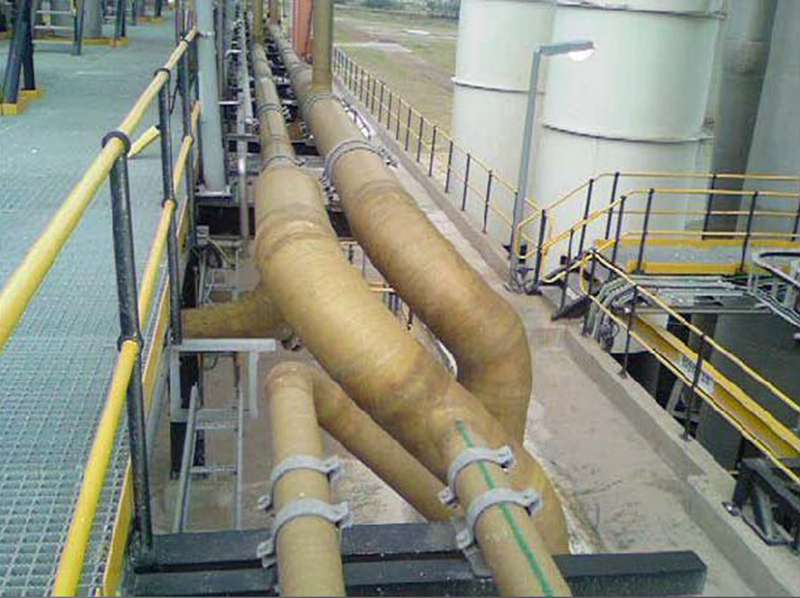
-
 Afrikaans
Afrikaans -
 Albanian
Albanian -
 Amharic
Amharic -
 Arabic
Arabic -
 Armenian
Armenian -
 Azerbaijani
Azerbaijani -
 Basque
Basque -
 Belarusian
Belarusian -
 Bengali
Bengali -
 Bosnian
Bosnian -
 Bulgarian
Bulgarian -
 Catalan
Catalan -
 Cebuano
Cebuano -
 China
China -
 China (Taiwan)
China (Taiwan) -
 Corsican
Corsican -
 Croatian
Croatian -
 Czech
Czech -
 Danish
Danish -
 Dutch
Dutch -
 English
English -
 Esperanto
Esperanto -
 Estonian
Estonian -
 Finnish
Finnish -
 French
French -
 Frisian
Frisian -
 Galician
Galician -
 Georgian
Georgian -
 German
German -
 Greek
Greek -
 Gujarati
Gujarati -
 Haitian Creole
Haitian Creole -
 hausa
hausa -
 hawaiian
hawaiian -
 Hebrew
Hebrew -
 Hindi
Hindi -
 Miao
Miao -
 Hungarian
Hungarian -
 Icelandic
Icelandic -
 igbo
igbo -
 Indonesian
Indonesian -
 irish
irish -
 Italian
Italian -
 Japanese
Japanese -
 Javanese
Javanese -
 Kannada
Kannada -
 kazakh
kazakh -
 Khmer
Khmer -
 Rwandese
Rwandese -
 Korean
Korean -
 Kurdish
Kurdish -
 Kyrgyz
Kyrgyz -
 Lao
Lao -
 Latin
Latin -
 Latvian
Latvian -
 Lithuanian
Lithuanian -
 Luxembourgish
Luxembourgish -
 Macedonian
Macedonian -
 Malgashi
Malgashi -
 Malay
Malay -
 Malayalam
Malayalam -
 Maltese
Maltese -
 Maori
Maori -
 Marathi
Marathi -
 Mongolian
Mongolian -
 Myanmar
Myanmar -
 Nepali
Nepali -
 Norwegian
Norwegian -
 Norwegian
Norwegian -
 Occitan
Occitan -
 Pashto
Pashto -
 Persian
Persian -
 Polish
Polish -
 Portuguese
Portuguese -
 Punjabi
Punjabi -
 Romanian
Romanian -
 Russian
Russian -
 Samoan
Samoan -
 Scottish Gaelic
Scottish Gaelic -
 Serbian
Serbian -
 Sesotho
Sesotho -
 Shona
Shona -
 Sindhi
Sindhi -
 Sinhala
Sinhala -
 Slovak
Slovak -
 Slovenian
Slovenian -
 Somali
Somali -
 Spanish
Spanish -
 Sundanese
Sundanese -
 Swahili
Swahili -
 Swedish
Swedish -
 Tagalog
Tagalog -
 Tajik
Tajik -
 Tamil
Tamil -
 Tatar
Tatar -
 Telugu
Telugu -
 Thai
Thai -
 Turkish
Turkish -
 Turkmen
Turkmen -
 Ukrainian
Ukrainian -
 Urdu
Urdu -
 Uighur
Uighur -
 Uzbek
Uzbek -
 Vietnamese
Vietnamese -
 Welsh
Welsh -
 Bantu
Bantu -
 Yiddish
Yiddish -
 Yoruba
Yoruba -
 Zulu
Zulu
fiberglass stack liner alternative
Exploring Alternatives to Fiberglass Stack Liners
Stack liners are essential components in various industrial applications, particularly in power generation and manufacturing facilities. Traditionally, fiberglass has been the material of choice for stack liners due to its resistance to corrosion, lightweight nature, and ease of installation. However, as industries evolve and environmental regulations tighten, there is a growing demand for alternative materials that offer similar benefits while addressing some of the limitations associated with fiberglass.
One of the primary concerns with fiberglass stack liners is their susceptibility to damage. Fiberglass can crack or become compromised under extreme temperatures or mechanical stress, leading to potential emissions issues and increased maintenance costs. Fortunately, several materials have emerged as viable alternatives to fiberglass, each presenting unique advantages.
Stainless Steel Liners
Stainless steel is a robust and durable material that offers excellent resistance to corrosion, high temperatures, and mechanical wear. Unlike fiberglass, stainless steel does not degrade over time or become brittle, making it an ideal choice for high-stress environments. Moreover, stainless steel liners can be fabricated to precise specifications, ensuring a proper fit within existing infrastructure. While the initial cost of stainless steel may be higher than fiberglass, its longevity and reduced maintenance needs can result in cost savings over the lifespan of the product.
Carbon Fiber Composites
Carbon fiber composites are gaining popularity as a lightweight yet high-strength alternative to fiberglass. These materials boast superior tensile strength, allowing for thinner liners without sacrificing structural integrity. Additionally, carbon fiber is resistant to a wide range of chemicals, making it suitable for various industrial applications. Although carbon fiber composites can be more expensive than traditional fiberglass options, their durability and performance benefits make them a worthy investment for many facilities.
fiberglass stack liner alternative

Heat-Resistant Plastics
Certain advanced plastics, such as polyvinylidene fluoride (PVDF) and polytetrafluoroethylene (PTFE), offer excellent chemical resistance and can withstand high temperatures. These materials are also lightweight and flexible, which can simplify installation processes. Unlike fiberglass, which can be prone to cracking, heat-resistant plastics maintain their integrity under stress. Their ability to resist corrosion and chemicals makes them suitable for use in stack liners, particularly in industries that handle aggressive pollutants.
Ceramic-Lined Systems
For operations that require extreme temperature and abrasion resistance, ceramic-lined systems provide an outstanding solution. These liners can withstand very high temperatures and are impervious to chemical attacks, making them ideal for severe environments. Ceramic materials can be applied as a linchpin within a liner system, often in combination with other materials for optimal performance. Although ceramic-lined systems can be expensive and challenging to install, their longevity and resistance make them an attractive option for facilities that prioritize extreme performance.
Conclusion
As industries seek to optimize performance and compliance with environmental regulations, the exploration of alternatives to fiberglass stack liners is essential. Stainless steel liners, carbon fiber composites, heat-resistant plastics, and ceramic-lined systems each present unique benefits that go beyond the capabilities of traditional fiberglass. Decision-makers must weigh the upfront costs against the potential long-term savings, considering factors like durability, maintenance needs, and operational demands.
Ultimately, the best alternative will depend on the specific requirements of each application, including environmental conditions and budget considerations. By investing in modern materials, industries can enhance their operational efficiency, reduce maintenance costs, and minimize environmental impacts, paving the way for a more sustainable future in industrial processes.









